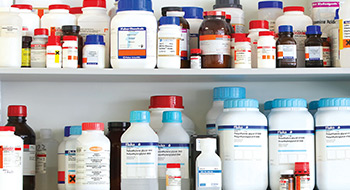

During its 2016 budget, the Ontario government said it will introduce a redesigned public drug program by 2019.
As part of Ontario’s Patients First: Action Plan for Health Care, the new program is aimed at improving long-term sustainability while ensuring access to drugs for people who need them.
On Feb. 25, the government said: “It will be simple and easier to use, and increase fairness and equity among beneficiaries.”
Read: Private insurers want in on national bulk-buying deal for drugs
The government also said it continues to pursue affordable drug access for patients, in partnership with federal, provincial and territorial governments. “This includes a coordinated process for approving new and expensive drugs for people who need life-saving medications,” said the budget.
Public consultations and a paper on the new program will be released in the spring.
“While public consultations and specific regulations as to how the province intends to ‘effectively coordinate the [Ontario Drug Benefit program] with individuals’ private insurance benefits’ have yet to take place, any movement from being the first payer to the second payer will have a direct impact on private plan sponsor costs,” according to a statement from Eckler.
Read: What are the current drug plan trends in Canada?
The budget also outlined a number of proposed changes to the ODB program for seniors, which would take effect August 1, 2016. The proposed changes will:
- increase the income thresholds to qualify for benefits from $16,018 to $19,300 for single seniors, and from $24,175 to $32,300 for senior couples. Seniors with incomes below these thresholds will continue to pay up to $2 per prescription, with no annual deductible; and
- increase the annual deductible from $100 to $170, and the co-payment from $6.11 to $7.11 per prescription.
